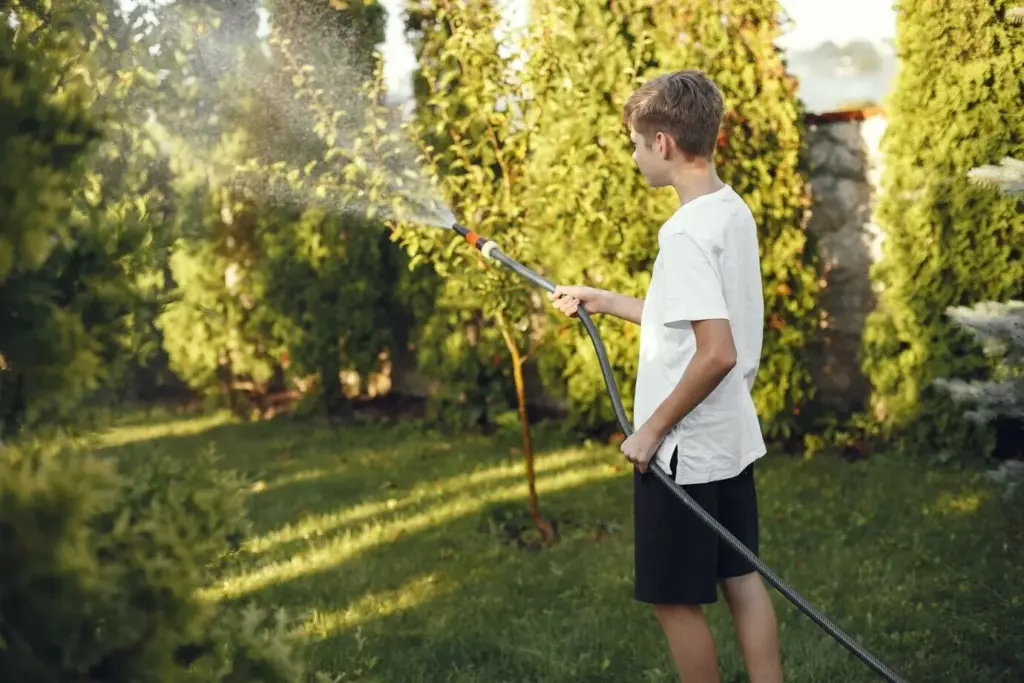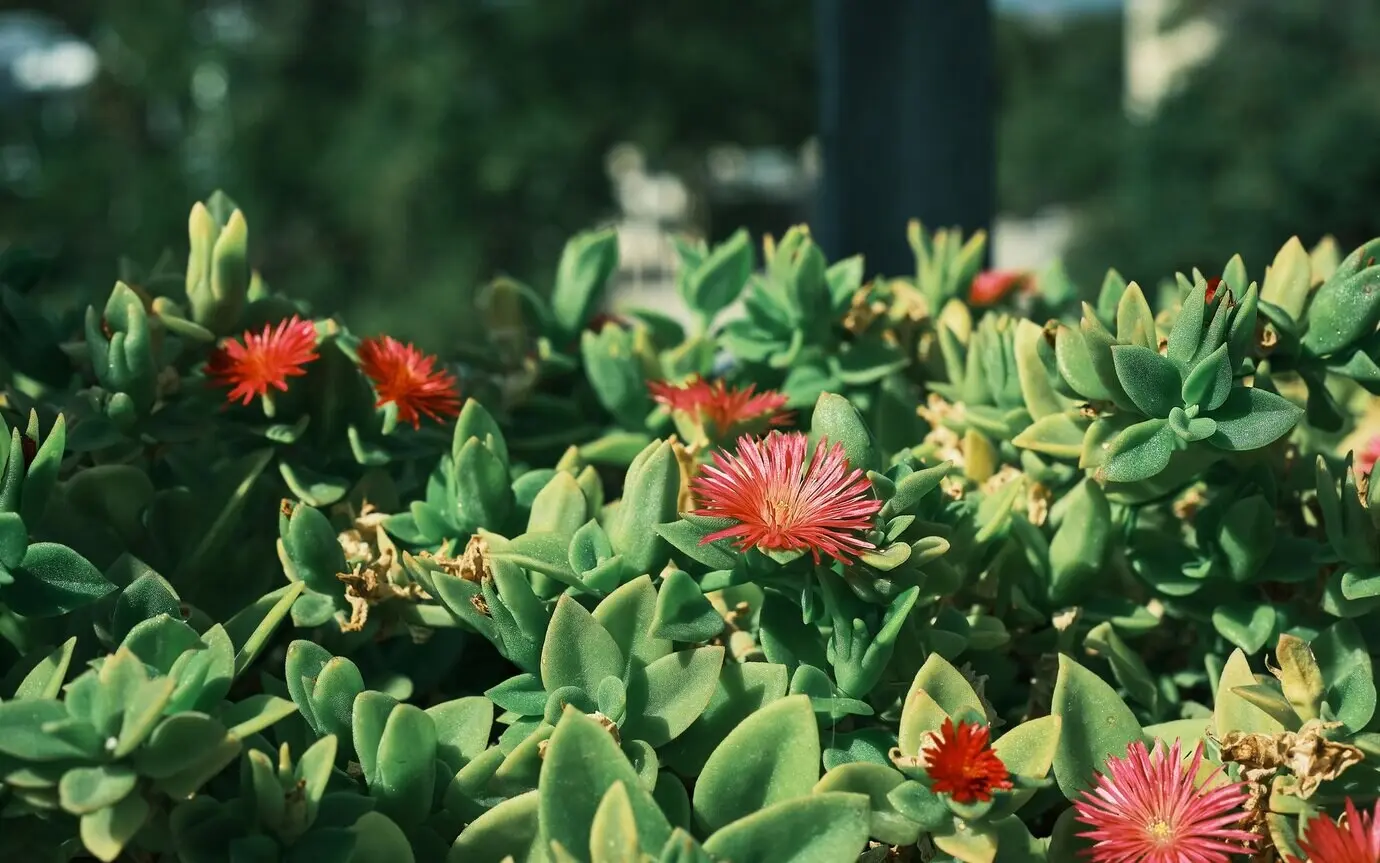Grow a Haven for Wings and Wildflowers

Who Arrives When You Plant with Purpose

Building a Regional Palette That Works All Season

Design Layers That Guide, Feed, and Shelter
Canopy and Structure
Meadows, Edges, and Drifts
Paths, Patches, and Pattern Cues
Water, Soil, and Safe Havens

Nest Sites in Plain Sight

Water Without Danger
Care Through the Year, Light Touch, Big Results
Spring Restraint
Wait until steadily warm mornings bring out native bees before cutting stems; a soil thermometer or the appearance of dandelions makes a helpful cue. Recycle cut pieces as mulch, divide overcrowded clumps for friends, and record what thrived to guide future, place-appropriate plant additions.
Summer Stewardship
Deadhead lightly to extend bloom without removing all seed, weed after rains when roots release easily, and water in the morning to avoid mildew. Observe who arrives at each plant and note patterns, then tweak spacing or companions to favor bustling, balanced interactions over time.
Fall and Winter Generosity
Leave leaves where they will nourish soil and shelter chrysalides, and cut stems only to knee height, storing bundles upright outdoors for emerging residents. Enjoy goldfinches harvesting seeds, track footprints in snow, and feel your patience rewarded when the earliest queens return in spring.